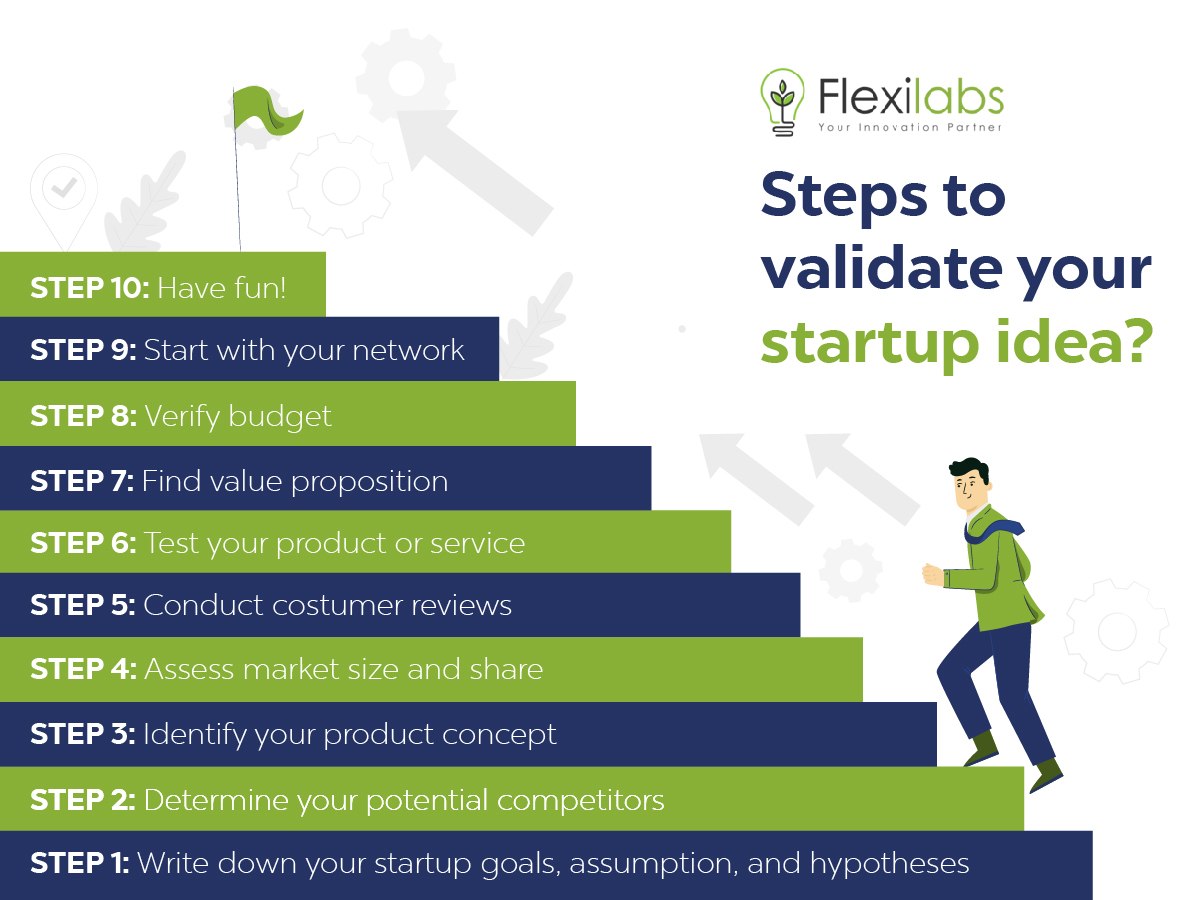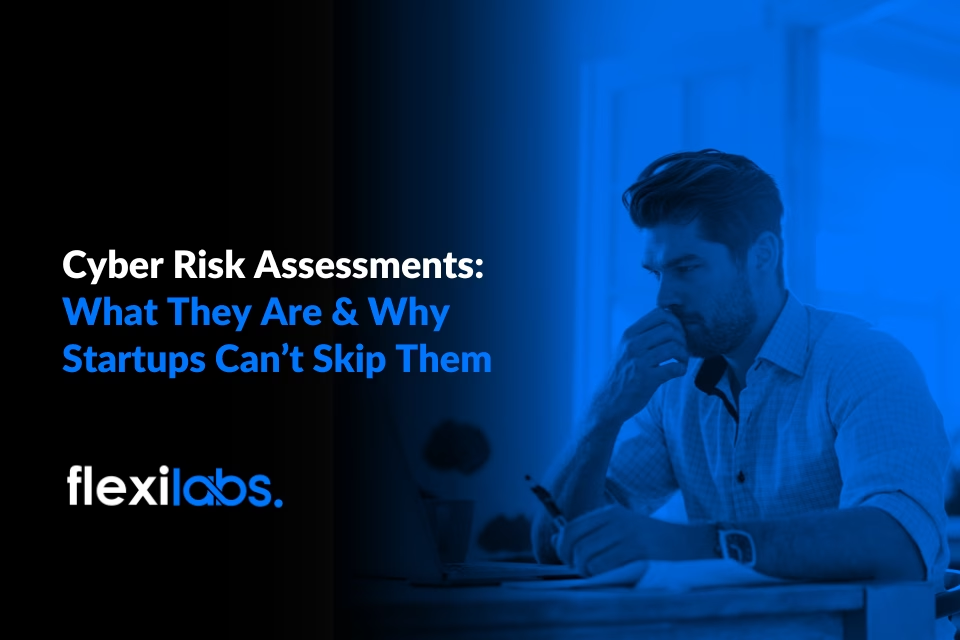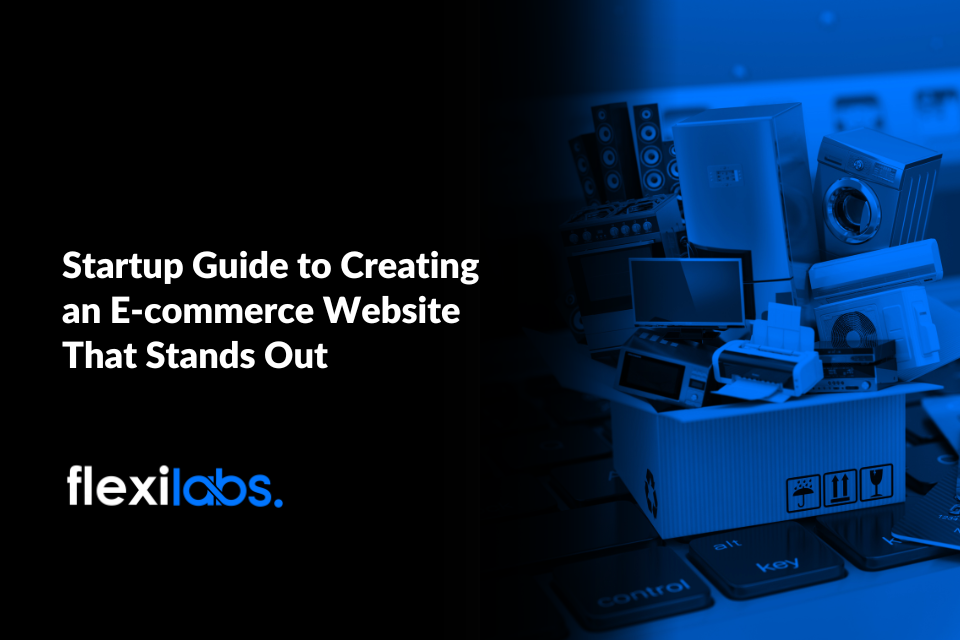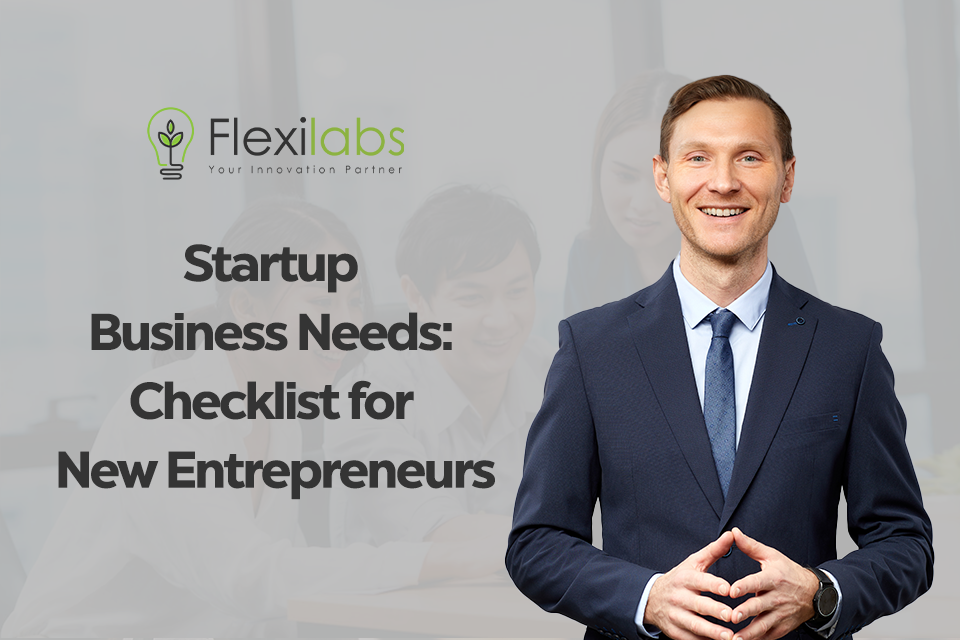As an entrepreneur, you need to be careful of the product, service, and industry you are venturing into. Launching an unsure path is a risky decision; despite having all the resources and time you need.
Likewise, when starting a new company, you need to be sure of everything to avoid wasting time and resources. You need to figure out if your idea or product is doable, unique, and worth selling in the market. If you cannot find something similar to your vision, it does not mean it has not been on the market and ultimately failed.
And to make sure, you need to validate your startup idea before you set to work on the project. This article will share a simple step to test and validate startup ideas by yourself.
What is Startup Idea Validation?
Startup Idea Validation is a process that helps startups to validate their idea. A startup needs to validate the concept before they are ready to invest in product development.
There are different ways to validate startup ideas. They can get feedback from customers, investors, or potential partners and customers.
An idea doesn’t need to be validated only before product development. It can also be done during the product development process if there is any uncertainty about the viability of the idea or its potential market size.
10 Steps in Validating your Startup Idea
Startup Idea validation cannot be done by brainstorming with your team and company. The best option is to communicate with potential consumers directly. It will help you prove that you have a market for your product. In addition, idea validation will help demonstrate to potential investors that customers are willing to pay for it and buy the product recurrently.
As such, here are ten steps in idea validation:

STEP 1. Write down your startup goals, assumption, and hypotheses
First, you need to create the idea you want to present to a potential client. Start by writing down several apparent problems you want to solve through your product or something you experience regularly. Then, rank each issue by tier. Determine which one would most likely also be shared by others. This part is also an excellent method to find out who your customers will be.
After that, you need correctly determine existing solutions. This step is significant to help you initially find a competitor for your product. Think of several solutions and decide which ones are unique and not already being served.
When you finally find your ultimate idea, you need to envision your goals & mission. Identify how this idea can help people.
Lastly, start your branding and associate it with your startup idea. Create several versions of what you think was the best branding, tagline, and tone of your business.
STEP 2. Determine your potential competitors
The next step in idea validation is determining potential competitors. It would help if you were precise and accurate in establishing your target audience. So, where do you find your competitors?
For Flexilabs, the best way to find your competitors is to use the research data you gathered in Step 1. See what solutions to the problem are still already being used by your target audience. Then, search online for the product, reviews, and testimonies about these products.
Dig deeper and see the following data:
- Features of product or service they offer
- Audience market – including demographics, size, location, and profession
- The unique selling point of your competitor’s product and services
- Marketing channel they use to reach their customers
It will be more practical to analyze if you find a minimum of three competitors before moving to the next step.
STEP 3. Identify your product concept
Startups need to find their product-market fit as soon as possible. It can help them find the right niche, which will help them generate revenue and survive. Nevertheless, it is not easy to identify the accurate product concept. Here are some ways you can use to come up with a new product idea:
- Observe your surroundings. What do people need, and what are they struggling with?
- Look at your own needs. What do you need or want?
- Talk to your clientele and ask them what they would like to see in a new product.
- What problems will your product solve? What features do you need to add?
Answering these few key questions can help you find your product. And the sooner you test them, the less risk you will have when launching your product.
STEP 4. Assess the market size and share
Before moving towards business idea validation, you also need to estimate the size of your potential market. By doing so, you can evaluate the potential of your business and whether it’s worth launching.
To assess the market size and share, you should conduct a SWOT analysis of the company. It will help you identify your business’s strengths, weaknesses, opportunities, and threats. Once you have done this, it will be much easier to identify improving your business.
STEP 5. Conduct customer reviews
When you finally determine your target market, it’s now time to get honest firsthand feedback for your startup idea. Get out there and dialogue with probable clients. Create a research plan on who you want to talk to and what you would like to ask them.
In addition, you also need to determine what kind of data gathering method you would like to use. Here are some of the user research tools and techniques for customer validation copy
you can choose from
- Online surveys
- Focus group discussion
- Face-toface Interviews
- Service trials
This way, your surveying and data collection would be easier and smoother.
STEP 6. Test your product or service
When you finally establish a space for your product in the market, it is time for you to create a Minimum Viable Product (MVP) and test it with your target. This step is important to validate startup ideas as you need to make sure that your product is functional, intuitive, and reaches your business goals.
And one method to do this is by Alpha-beta (A/B) Testing. Alpha testing aims to create a product in a staged setting to eliminate issues before available to outside users. Usually, alpha testing is only conducted between the developers and internal employees of the company.
On the other hand, beta testing is conducted in a small group of external users who are explicitly experiencing the problem that the product aims to solve. Feedback from the target audience is valuable, and beta testing your product can help you understand them better.
STEP 7. Find value proposition
Once you have determined the abovementioned aspect, the next step to validate startup ideas is creating a value proposition. The value proposition is an essential part of any startup. It is the backbone of any business which separates you from your competitors.
The first step in forming a value proposition is identifying your target audience. Once you know your target audience, you need to find out what your customers want and need and then produce a product or service that satisfies those needs.
The second step in creating a value proposition for startups is identifying the benefits of your product or service. Benefits will convince people to buy from you instead of someone else.
While products are not always tangible, they can be made concrete by including money-back guarantees, free shipping, etc.
STEP 8. Verify budget
The next step to validate startup ideas is verifying your budget. It is probably the most critical aspect when validating your ideas as it helps in making planned and precise decisions in your startup. You need to be well informed and careful when venturing and expanding. Likewise, try asking yourself the following questions:
- Do you have a sufficient volume of customers to compensate for your spending?
- Are they growing fast for you to upscale your production?
As much as your product has potential clients and will generate revenue, it would help if you also estimated your budget allocation. You don’t want to overspend
STEP 9. Start with your network
Usually, startups build their network during a product launch or join an incubator program. If you are neither, then you should probably work with your network of friends, mentors, family, and acquaintances that could share the world of your product.
This downside is that your network could be biased when asking for feedback about your product. However, this could be a good start until you launch a full-scale marketing and sales campaign.
STEP 10. Have fun!
Lastly, have fun and learn! Try to take a risk and experience the most in your industry. Taking chances is a hallmark of success. Perfect your startup idea why using these steps and aiming for success.
And when you think you are finally ready, prepare for your startup pitch and propose to possible investors.
Get your Startup Idea validated by industry experts!
If you think you have made a viable and unique idea but want the opinion of industry experts, consult with Flexilabs. We have several incubator and accelerator programs for startups and entrepreneurs in Australia. Contact us now!










